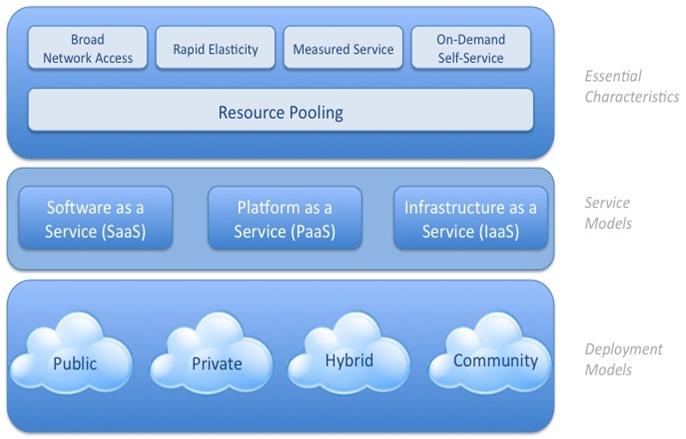
Whether you are a novice business owner or an established business person, you know what it takes to draw footfalls for your services and/or products. While sticking to your core competency and executing it with proficiency is critical to business growth, marketing is equally important for your business to emerge into prominence.
Digital Marketing offers robust platform for producing lasting relationships between businesses and customers, reach markets beyond boundaries and create hardwired brand awareness strategies. Lately, there has been an insurgence of free online marketing tools that are helping businesses and entrepreneurs reap the benefits of digital marketing and impact their business.
Below are 7 free online tools which are worth considering for influential market presence and steadfast business growth:
Buffer – Social Media Management: The role of Social Media in creating effective branding and driving sales can never be argued upon! Buffer is one such online marketing tool that empowers businesses to exploit the potentials of Social Media. The tool leverages the power to expand your customer base, engage your audience and build an unprecedented brand for your business.
Buffer allows you to connect with multiple social media accounts, manage and monitor them through a single dashboard. It helps you run campaigns and analyze the results; followed by generating reports for the same. Buffer’s free version is suitable for entrepreneurs who are new to social media platform and want to grow their fan base, however, to unleash the full power of Buffer, you might have to upgrade to its paid premium version.
Space’s free logo maker: When we talk of Branding, the first thing that pops into our mind are business logos! With Space’s free logo maker, you can now demonstrate your vision on your logo by yourself – with no dependency and expenses on designers!
Using its highly populated library – those filled with over hundreds of icons, fonts and frames, you can create logo all by yourself without having to burn your pocket on expensive designers.
Canva – Graphic Design: Visual Content is ruling the online media. As it goes, ‘a picture replaces thousand words’, so posting one compelling picture can let your profile page have thousands of fan following over night.
Canva brings to you an intuitive and interesting graphic designing platform that’s loaded with a number of templates, illustrations, fonts, images, backgrounds, etc. The easy to drag-and-drop facility and the pool of graphics in Canva helps users create attractive flyers, posters, infographics, social media images, brochures and more to drive online engagement & traffic.
Evernote – organizing IdeasL: An idea can spring up at any time of the day or anytime of the night. Taking a note on it is critical as it might lead to innovations! Evernote helps you organize your ideas in one easily accessible platform. It can be later accessed via any device like smartphone, tablet or a laptop and store content ideas, do market research, competitive analysis and more.
Survey Monkey – secure customer feedback: To know whether your services are really pleasing your customers or not, feedbacks are important. Survey Monkey is one such free online tool that helps you collect feedback from your valuable customers – which helps you engage your customers, know their choices and secure tangible insights that are imperative for improving your products or services. The tool is incredibly simple to use and helps you design questionnaire in just few minutes!
Scrapper – Content Extractor: Scrapper helps you pull content from any target web page and export it to excel sheets. This can be a wise way to pull contact information from competitor’s data and create cold-email lists and other target marketing collaterals.
Sniply – Call-to-action integration: Sniply helps you attach call-to-action on any content that you want to share in social media and boost interaction. It lets you put an inbound button or CTA onto the frame where the article sits in and pull traffic from any non-affiliated content that you share.


